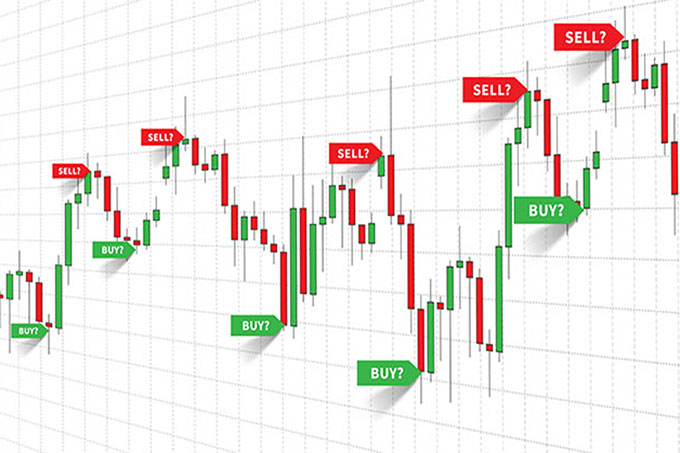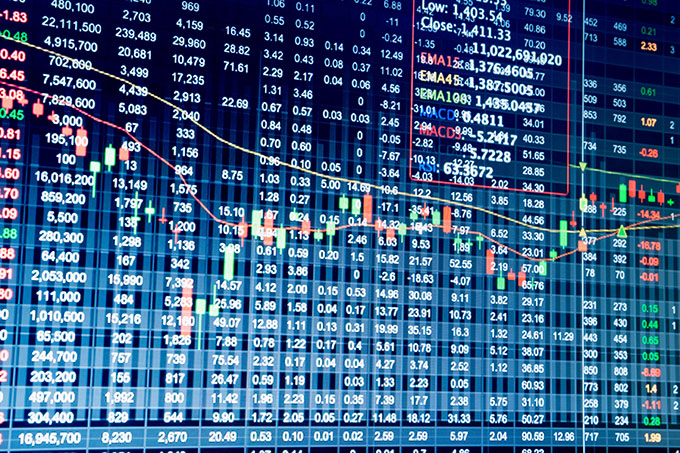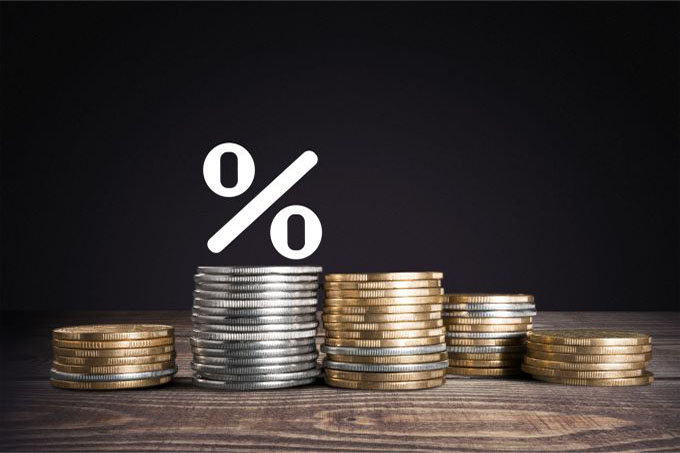Credit risk refers to the risk of a loss a lender faces if the borrower, irrelevant if it is a private borrower, a corporate one, or a government, is unable to repay the loan, the principal, an interest payment, a coupon payment, or to meet other contractual obligations. Another way of looking at credit risk is to view it as a borrower’s creditworthiness and the ability to repay a loan.
The DailyForex glossary has hundreds of Forex terms explained by experts. Have a question about Forex? Get the answer in our Forex glossary now!
Most Recent
A banknote is a piece of paper that contains a nation's currency. It's a form of legal money that can be used in monetary operations. The holder of a letter of credit with a specified face value has the right to demand payment. A banknote is nothing more than a dollar bill that you carry in your wallet.
The bank rate is the interest rate charged by a central bank on borrowings to private banks. It is often called discount rate in American English. The bank rate is called by a variety of names based on the country, and it has evolved through time in various countries as the rate-setting procedures have evolved.
Top Forex Brokers
A bank or financial organization's line of credit is a variable loan. A line of credit is a fixed amount that you can borrow as needed and then repay straight away or over a certain duration. It is like a credit card that lends you a restricted sum of money. You are free to use this money whenever, wherever, and however you want.
Currency refers to the standardization of money in various forms like banknotes and coins. It is a medium of exchange, enabling day-to-day transactions and domestic and global trade, and fulfills a central role in today’s interconnected world. Another way of looking at currency is that it is a system of money within a country or monetary union.
A current account represents the financial outflow and inflow. It belongs to the balance of payments, recording all monetary transactions with its trading partners.
A currency basket is a portfolio of several currencies and weightings towards a base currency. Following the end of the gold standard in 1971, leading economies began floating their currencies by 1973. Emerging, frontier, and small economies started to peg their currencies to major market economies, primarily the US Dollar and British Pound. It resulted in concentrated risk and exposure to one currency, and monetary authorities opted to peg their currencies against a basket of currencies essential to their economy.
Most consumers use credit cards monthly, as developed economies rely heavily on debt-driven consumerism. Managing credit card balances is the responsibility of consumers, and credit card issuers mail a monthly statement, listing all transactions during the billing cycle. Each bill lists different terms, but the two most confusing ones are current balance and statement balance. Confusing them can lead to overdraft charges, an embarrassing payment rejection at the point of service, or adding to the “current balance lower than statement balance” confusion.
Bonuses & Promotions
In this article, I look at false or failed breakouts—what they are, how to avoid them, how to avoid their risks, and how to profit from them. My aim is to help you learn how to trade false breakout patterns.
Counties facing Forex volatility and economic instability may use a crawling peg exchange rate to shield their economy from negative fallout, but what is a crawling peg? We will explain the two types of a crawling peg exchange rate and discuss its advantages and disadvantages.
The Committee on Payment and Settlement Systems (CPSS) was the former name of the Committee on Payments and Market Infrastructure (CPMI). Central banks from the G-10 formed the CPSS. Today, it consists of twenty-five members, with tri-annual meetings. Its primary function is setting global payment, clearing, and settlement standards. It aims to improve safety, increase efficiency, enhance transparency, and contribute to financial stability. The CPMI also provides a platform for central banks to collaborate, focused on monetary policy, financial oversight, and market operations.
The Forex market is the most liquid financial market globally, and some estimates have it breaching $10 trillion in daily turnover this decade from just shy of $7 trillion now. Given the size and liquidity of the Forex market, traders can use a wide range of strategies unsuitable in other markets. Covered interest arbitrage is among them, but what is covered interest arbitrage? We will explain covered interest arbitrage theory, discuss the importance of covered interest arbitrage parity, and outline why this strategy belongs to exotic ones, allowing you to determine if it is suitable for your portfolio.
Investors considering fixed-income investments to diversify portfolios or create guaranteed passive cash flow will hear terms like coupon payment, coupon rate, and nominal yield, but what do they mean? We will answer the coupon definition finance question, give you the coupon payment formula, and provide a coupon payment example.
Fixed income securities, or bonds, are considered safer investments but yield lower returns. They are common among risk-averse investors, well-diversified portfolios, pension funds, and passive income generation portfolios. When investors evaluate bonds to add to their portfolios, they must consider three defining aspects: the bond issuer, the yield to maturity, and the coupon rate.






